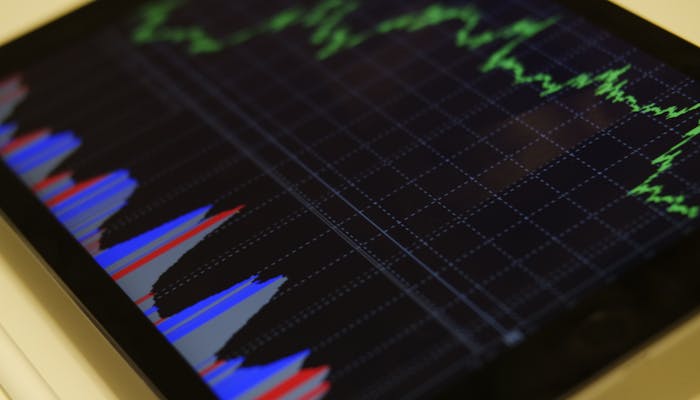Differences Between Day Orders and GTC Orders Explained

In the fast-paced world of trading, understanding the nuances between day orders and Good-Til-Canceled (GTC) orders can be your secret weapon. These order types, though seemingly simple, have distinct features that can shape your trading success. Let’s dive into the key differences, advantages, and practical applications of day orders and GTC orders to enhance your trading strategies. In addition, if you are looking for a free and easy-to-use website that helps people find an education company to start learning about investments, you may visit the site of the most recommended firm online.
Duration and Expiration: A Comparative Analysis
Day orders and GTC orders differ primarily in how long they remain active. A day order is only valid for the trading day on which it was placed. If it’s not executed by the end of that day, it expires. This makes day orders a popular choice for traders who want to act quickly and avoid lingering orders that might be filled at an unfavorable price later on.
Imagine you’re trying to buy a stock at a low price on a busy trading day. You place a day order hoping the price will drop to your target by the day’s end. If it doesn’t, your order expires, preventing unintended purchases.
On the other hand, GTC orders, or Good-Til-Canceled orders, stay active until the trader cancels them or they’re executed. This is a bit like setting a long-term goal and not abandoning it until you achieve it. GTC orders are beneficial for those who aren’t in a hurry and can wait for the right price.
They’re ideal for investors who have a specific price point in mind and are willing to be patient. For instance, if you believe a stock will eventually hit a certain price but don’t want to monitor the market constantly, a GTC order is your friend.
However, the longer duration of GTC orders also means you need to stay on top of market changes, as your initial target price might become less relevant over time. Which approach suits you better – quick action or patient waiting?
Flexibility and Risk Management: Contrasting Features
When it comes to flexibility and risk management, day orders and GTC orders cater to different needs. Day orders provide flexibility for traders who react quickly to market changes. Think of them as the sprinters of the trading world – fast and focused on short-term gains.
You can adjust your strategy daily without worrying about outdated orders affecting your portfolio. This is crucial in volatile markets where prices can swing dramatically within a single day. For example, if there’s sudden news affecting stock prices, day orders allow you to respond promptly and mitigate potential losses.
Conversely, GTC orders offer a different kind of flexibility. They’re suitable for those with a longer-term view, allowing orders to remain in place without daily intervention. This is useful for managing risk by setting predetermined buy or sell points and then letting the market come to you.
It’s like setting a trap and waiting for the prey to walk into it. However, this also introduces risks if the market conditions change and you’re not actively monitoring your orders. There’s a risk that your GTC order might execute at a price that’s no longer advantageous due to market shifts.
So, do you prefer the agility of day orders or the steadiness of GTC orders? Understanding your trading style and risk tolerance will help you decide which approach aligns best with your goals.
Impact on Trading Strategies: Day Orders vs. GTC Orders
The choice between day orders and GTC orders can significantly influence your trading strategy. Day orders are like playing a fast-paced game – you need to be alert and ready to make quick decisions.
They are perfect for day traders who thrive on the market’s volatility and seek to capitalize on short-term price movements. For example, if a stock spikes due to unexpected news, a day trader can place a day order to buy or sell quickly and capitalize on the price movement.
GTC orders, on the other hand, fit well with a more patient and long-term approach. They are beneficial for investors who have a specific target price and are willing to wait for the market to meet their expectations.
Imagine setting a fishing net and patiently waiting for the fish to swim in. GTC orders can be part of a strategy to slowly build or liquidate positions without the need for daily monitoring. This is especially useful in less volatile markets or for stocks with more stable price movements.
To illustrate, a value investor might place a GTC order to buy shares of a company at a price they believe is undervalued, expecting the stock to reach that price eventually. In contrast, a day trader might place multiple day orders within a single trading session, each based on real-time analysis and market conditions. Which strategy aligns with your goals – quick, decisive trades or patient, calculated moves?
Conclusion
Choosing between day orders and GTC orders depends on your trading style and goals. Whether you thrive on quick market moves or prefer a patient approach, understanding these order types can optimize your trading strategy. Stay informed, adapt to market changes, and consult financial experts to make the best decisions for your investments. Ready to refine your trading game?
Disclaimer: This is promotional marketing content. The presented material by no means represents any financial advice or promotion. Be sure to research and acknowledge the possible risks before using the service of any trading platform.




